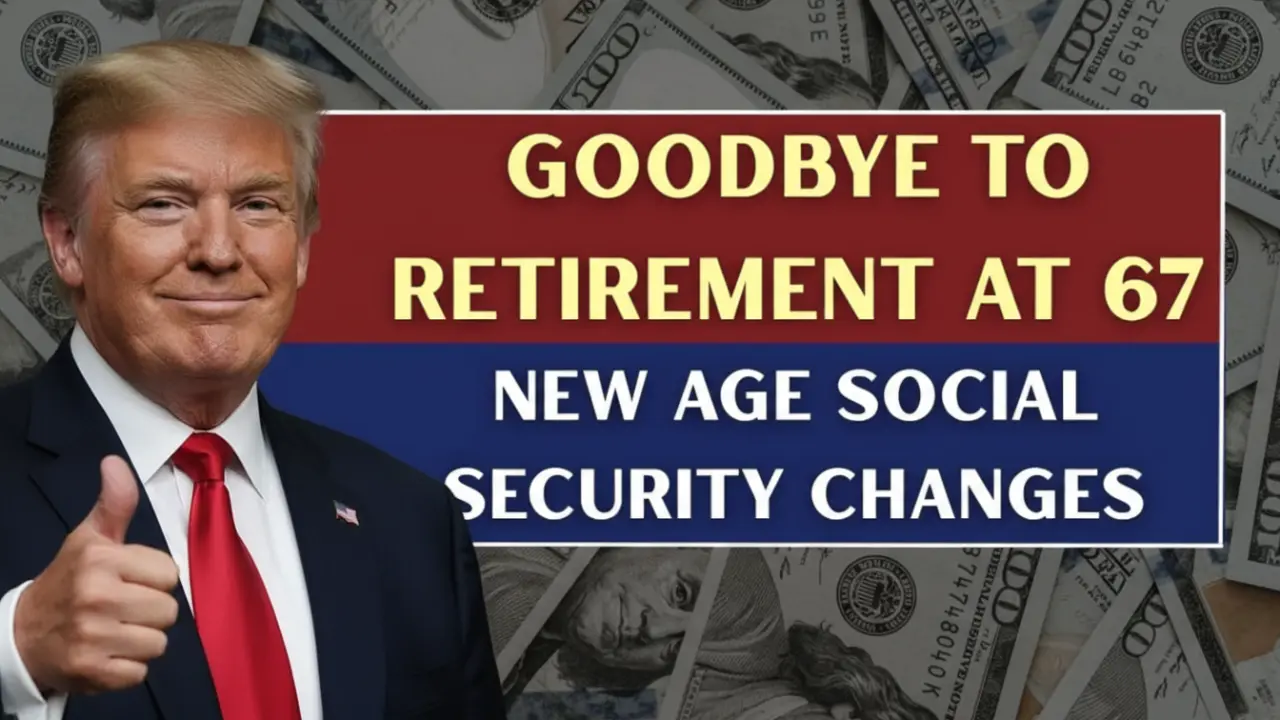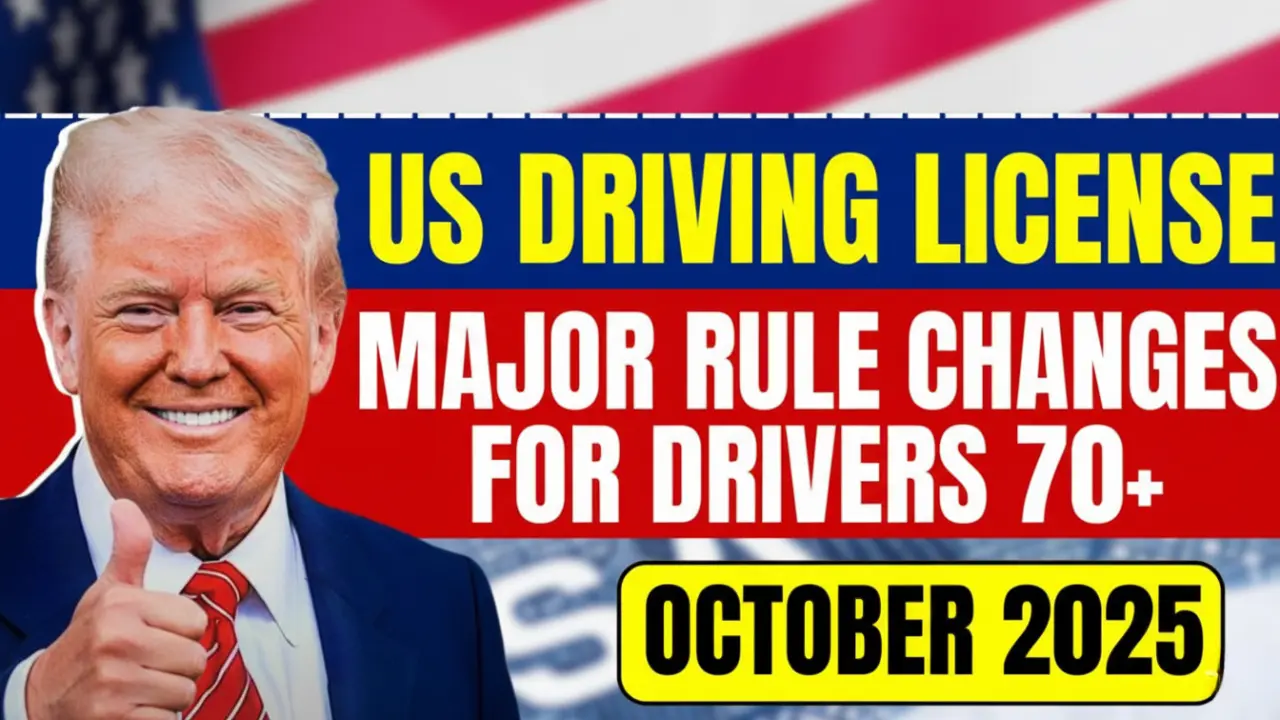Millions of savers across the United States who held Capital One’s 360 Savings accounts between 2019 and 2025 may soon be entitled to a payout thanks to a massive $425 million class action settlement. The settlement resolves allegations that Capital One failed to provide many customers with competitive interest rates after launching its newer 360 Performance Savings product. While the bank denies any wrongdoing, it agreed to this substantial resolution to move forward and compensate impacted customers.
The agreement has been preliminarily approved by a federal court, and once final approval is granted, eligible customers will automatically receive payments — provided they confirm or update their method of payment if necessary.
This settlement stands out as one of the most significant consumer banking resolutions in recent years, particularly in the realm of interest-rate disputes. It also offers both retroactive compensation and ongoing future interest benefits for those who continue to bank with Capital One.
What the lawsuit alleged
The legal complaint focused on how Capital One handled the evolution of its high-yield savings products. When Capital One first launched its 360 Savings accounts, the bank marketed them as a strong interest-earning option in a competitive market. Years later, however, Capital One introduced a new product — the 360 Performance Savings account — which offered higher yields more in line with rising national rates.
Plaintiffs argued that:
-
Existing 360 Savings accountholders were not migrated to the higher-yield product automatically
-
Many customers were unaware they were earning lower rates
-
Capital One financially benefited by keeping legacy customers on reduced APYs
-
The bank should have offered clear disclosures or automatic upgrades
Due to these alleged practices, customers lost out on a significant amount of interest they would have otherwise earned — especially during periods of high interest rate increases.
Capital One maintains that it followed appropriate policies and that customers always had the option to transition accounts. However, to avoid ongoing litigation and uncertainty, it agreed to fund cash payments and interest adjustments valued at $425 million.
Who qualifies for payment
The settlement covers a broad category of customers. You may be eligible if:
-
You held a Capital One 360 Savings account at any point between September 18, 2019 and June 16, 2025
-
You are a current or former customer — closed accounts still count
-
Your account history shows that you received interest under the legacy 360 Savings structure
-
You are listed as an accountholder in Capital One’s official records
Individuals do not need to prove damages — eligibility is based on account data already held by the bank.
Joint accounts count as one account for distribution of funds, but both named owners are considered class members.
Certain parties are excluded, such as corporate affiliates of the bank and individuals who choose to opt out of the settlement.
Total settlement amount and distribution structure
The $425 million settlement is divided into two primary parts: one-time cash payments and future interest improvements.
Here is a clear breakdown:
| Settlement Component | Amount | Purpose |
|---|---|---|
| Cash Fund | $300,000,000 | Direct refunds for reduced interest earnings |
| Additional Interest Fund | $125,000,000 | Extra interest paid to open, eligible accounts over time |
| Total | $425,000,000 | Combined financial relief |
This structure allows both current and former customers to benefit. Former customers primarily receive cash payments, while existing customers may be eligible for additional interest over a designated period.
The settlement ensures that Capital One enhances returns for its savings customers so long as funds remain in the additional-interest pool.
How individual payouts are calculated
Customer payments are not equal; they depend on a number of financial variables. Administrators will review each person’s account history and determine relief using the following factors:
-
Account balance amounts during the class period
-
Duration the account was open between 2019 and 2025
-
The gap between actual interest paid and what would have been earned under higher Performance Savings rates
-
Whether the accountholder keeps the account open for future benefits
This means:
✔ Long-time account holders with large balances will likely receive more
✔ Short-term or low-balance customers may receive smaller awards
✔ Customers who maintain their accounts may gain extra value over time
While exact figures vary widely, many customers will receive at least a modest refund, and some may recover hundreds of dollars depending on interest loss.
Capital One will perform the necessary calculations using proprietary account data, so customers will not need to characterize or prove losses themselves.
Future interest credits and how they work
The settlement includes an innovative forward-looking benefit: enhanced minimum interest rates for customers who keep their 360 Savings accounts open.
Under the agreement:
-
Capital One must ensure that eligible accounts earn at least twice the FDIC national average savings rate (or another specified minimum formula)
-
The enhanced rate benefit continues until $125 million in additional interest has been distributed
-
Interest improvements will appear automatically as credits in qualifying accounts
This ensures that remaining customers eventually recover more of the interest differential that triggered the lawsuit in the first place.
Customers who close their accounts after receiving their cash payment may not qualify for future interest benefits — so anyone maximizing compensation may choose to stay.
Claims process, deadlines, and payment methods
The distribution process is designed to make things easy for consumers:
✅ Most eligible customers will get paid automatically
✅ Some customers may need to confirm or update payment details
✅ No proof of purchase documentation is required
✅ No lawyer or personal filing is necessary unless opting out
Expected payment methods include:
-
Direct deposit into a bank account registered through the claims portal
-
Mailed check for those who choose physical delivery
-
Automatic credit for future interest payouts on open 360 accounts
Key administrative steps for customers:
| Step | Action |
|---|---|
| Check for notice | Look for an email or letter confirming eligibility |
| Update payment info | Optional but recommended for faster direct deposit |
| Track final approval date | Payments typically issued soon after |
| Decide whether to keep account open | Impacts future interest payout eligibility |
If a mailed check goes uncashed or is returned, the administrator may reissue funds or eventually redistribute leftover amounts within the class per the settlement plan.
Reactions and controversy surrounding the settlement
Consumer advocates and state officials have expressed mixed reactions.
Praise:
✔ Millions of customers finally compensated
✔ Banks face accountability for opaque rate structures
✔ Settlement delivers both cash and ongoing value
Criticism:
✘ Some believe payouts are too small compared to total lost interest
✘ The structure may allow Capital One to avoid the full financial impact
✘ Additional interest credits could encourage customers to stay with the bank longer — a benefit to Capital One
Legal analysts say this case signals a powerful message to financial institutions: failing to adjust legacy products to market standards can result in costly litigation.
Industry observers view the settlement as significant because it blends restitution with prospective corrective action — something courts increasingly encourage in consumer economic cases.
Customer action checklist
If you think you may be eligible, take these simple steps:
-
Locate the official settlement notice sent to your email or address
-
Visit the settlement website listed in the notice
-
Enter your Claim ID and PIN if prompted
-
Update your payment preference (electronic deposit recommended)
-
Review whether to keep your account open for additional interest
-
Watch for approval updates and payment notifications
-
Beware of fraudulent phishing — the administrator will never ask for bank login passwords or your full SSN
Simply put: Don’t ignore the email or letter — it could be worth real money.
Frequently asked questions
Do I need to file a claim?
Most customers are automatically included but may need to update information to get paid smoothly. In some cases, failing to respond could lead to delayed delivery.
What if I no longer have a Capital One account?
You still qualify. You will simply receive a mailed check or digital payment. Make sure your mailing address and contact details are correct.
How much money will I get?
Amounts differ for everyone and are based on interest lost during the class period. Some receiving dozens, others hundreds of dollars or more.
Is this related to the 2019 data breach settlement?
No. This settlement concerns interest payments on savings accounts, not cybersecurity issues.
Can I opt out?
Yes — but only if you wish to pursue your own separate lawsuit. Most consumers will benefit more by remaining in the class.
When will payments be issued?
Payments will be distributed after final settlement approval by the court. Customers should monitor official communications for the exact timeline.
Conclusion: What the settlement means for financial consumers
The Capital One $425 million settlement highlights a growing area of accountability in personal finance: transparent interest practices. As banks frequently update their offerings in response to rate changes, consumers often remain on outdated products without realizing they could earn more elsewhere.
This case strongly reinforces that:
-
Banks must communicate product changes more clearly
-
Customers deserve fair and competitive interest opportunities
-
Legal action can lead to meaningful monetary recovery for everyday savers
For customers, the message is powerful:
Always monitor your interest rates and product terms — even with a major national bank.
Whether customers stay with Capital One or move to higher-performing products, this settlement returns money to where it belongs: the pockets of consumers who trusted their bank with their savings.
FAQs:
Who is eligible for the settlement payment?
Anyone who held a Capital One 360 Savings account between September 18, 2019 and June 16, 2025 may qualify.
Do customers need to file a claim?
Most will be paid automatically, but some may need to update payment details through the official portal.
How much money will each person get?
Payouts vary depending on account balance and how long the account was open during the class period.
Will former customers get paid too?
Yes. Even if the account is closed, eligible customers will still receive their compensation.
How will payments be sent?
Through direct deposit or mailed check. Customers with open accounts may also receive additional interest credits.
Does Capital One admit wrongdoing?
No. The bank denies the allegations but agreed to the settlement to avoid further litigation.





